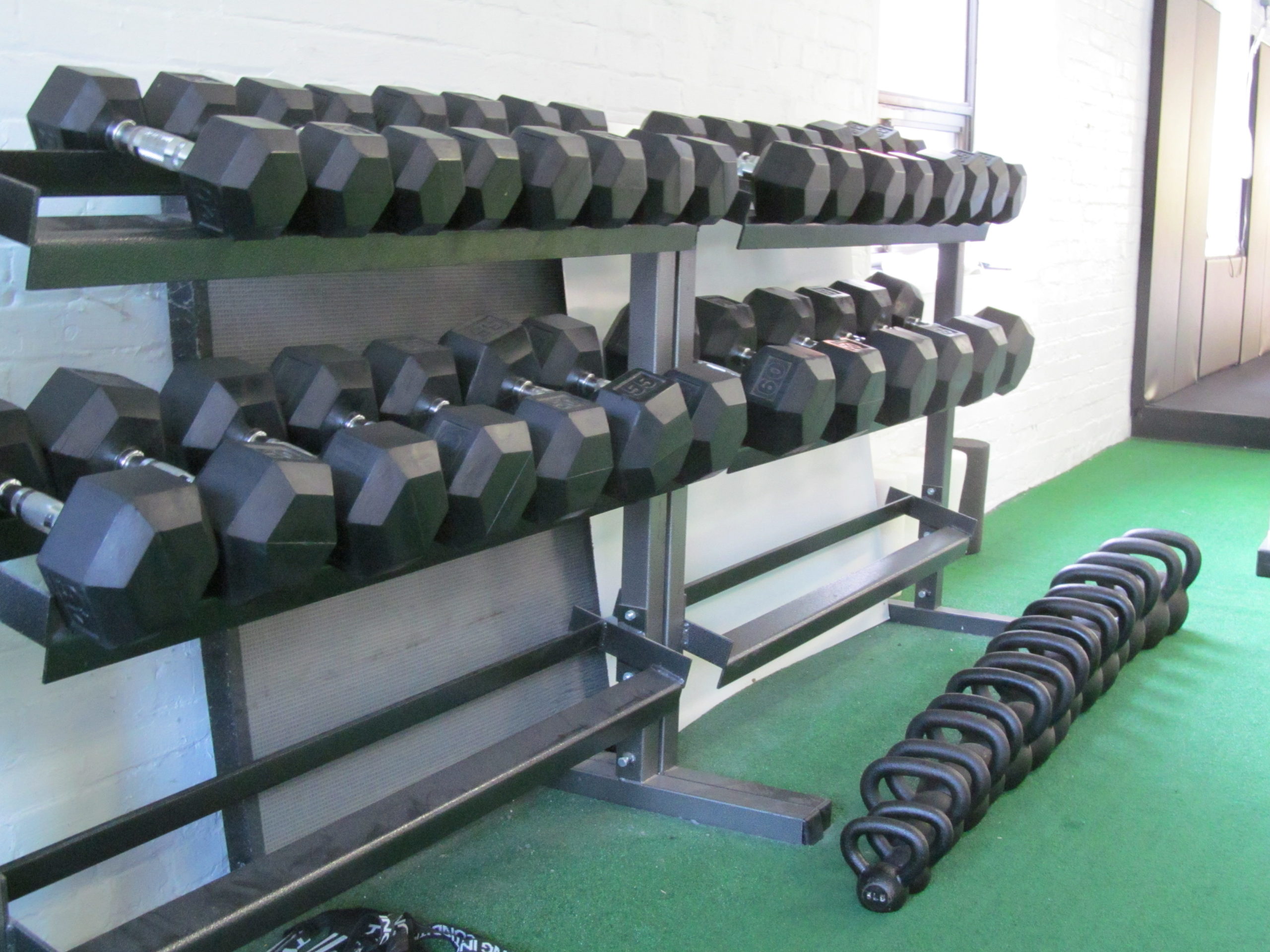On The Path to The Most Effective Gluteus Maximus Workout
Despite worldwide preoccupation, gluteus maximus augmentation is still misunderstood. Even more bewildering is the number of individuals willing to subject their bodies to implants and injections. Natural, hard earned muscle is readily achievable, healthier, more beautiful and infinitely more gratifying. Below, presented in four steps, is the most powerful glute developing information available:
STEP 1) Choose the right exercises: From hip thrusts to bird dogs, there exists a plethora of butt blasting exercises with their respective proponents. All have their time and place, however, only two exercises carry the glute development guarantee – squats and deadlifts.
4 reasons to advocate deep, back-squats and bent-knee deadlifts above all others:
Effects on Bodyweight distribution: Supporting loads in front of your center of gravity causes the body to shift its shape to maintain postural balance. Squats and deadlifts cause your head to move back, your mid spine to move forward and your butt to stick out. A little lordosis (lower-back slope) is bountiful for your booty!
Range of motion: The majority of glute muscle fibers span the space between the femurs and sacrum. That space is greatest at the bottom of a deep squat. To return to standing, the glutes have to perform a lot of work! One deep-squat is worth three hip-thrust repetitions.
Knee bend: The hamstrings steal workload from gluteus maximus. The knee extension requirements of deep squats and conventional deadlifts shuts down hamstring activation and boosts butt recruitment.
Torque: Barbells allow for maximum external loading which creates maximum torque at the hip. Glute tension has to manage the load. Big torque = big butt.
STEP 2) Become aware of the sacrum: Sacral awareness improves technique and helps voluntary activation of the glutes. When descending into a squat or deadlift, envision pushing your sacrum away from your femurs. Conversely, when ascending, focus on squeezing your sacrum into your femurs. Those who practice sacral awareness reap great glutes!
STEP 3) Manage antagonists: Opposing muscle fibres can shut down glute growth! The hip-flexors are heralded as the antagonists of gluteus maximus. If these muscles are hyperactive and tight your efforts will yield minimal results. At least seven muscles are classified as hip-flexors. Which to prioritize? Pectineus is one of the primary antagonists of gluteus maximus. Stretch or myofascial release pectineus just prior to a set of squats or deadlifts. If your left or right-side pectineus is especially tight or painful, its primary synergist must be strengthened. Balanced strength among muscular synergists maximizes suppleness.
STEP 4) Make the glutes your limiting factor: When squatting and deadlifting wrap your knees, wear a belt and use straps. Use these accessories to place maximum onus on the target muscle fibres. Sets should only end due to butt fatigue!
If, after a few sets of deep, back-squats, you cannot tolerate sitting down because your butt is overly engorged with blood – congratulations! You are on track to gluteus glory! Undulate your program variables by using a variety of repetitions and sets. Make sure your butt is getting stronger. Do mankind a favour and embrace the battle for a bigger butt! Your world will be a better place.
